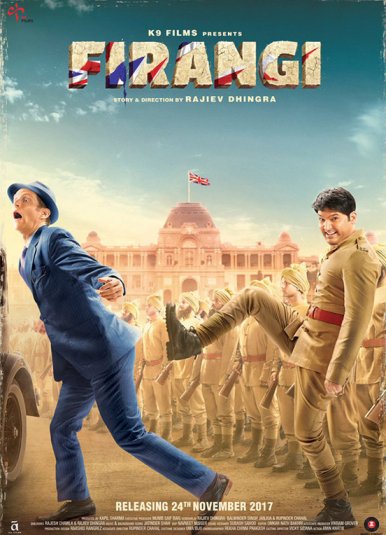The vice-chancellor of my university, Peter Leggett, once said, ‘The purpose of life is to learn the art and science of living’, which at the time struck me as something of a tautology. But as time has gone by, exploring whether life has purpose and what that purpose might be has taken up an increasing amount of my time and energy to the point that aside from the daily business of nurturing the body, it has become my single most focused pursuit.
Which is what led me in the 1980’s to Pune in India to an ‘ashram’ which had grown up around the Indian spiritual master, Osho. And has led me back to the same evolving centre ever since, as it metamorphosed from an Ashram to a ‘Commune’ and now an ‘International Meditation Resort’.

In recent years, I have travelled to India annually between December and March. To be totally truthful, this is not merely to satisfy my inner search, but also because I like the weather there at that time of year! As Europe and the Northern Hemisphere in general shiver in the cold, Pune basks in daytime temperatures between 25 and 35 degrees (say 75° to 90° F).
In the interests of full disclosure, my wonderful life-partner was born in India and so I am privileged to enjoy the status of an Overseas Citizen of India and to have access to private accommodation in Pune, both of which factors are relevant to my ‘Passage to India in Covid Times’.
In an earlier blog post (‘Indian Summer’) I describe how, in early March 2020, with the emergence of a strange respiratory disease 5,000 kilometres away in Wuhan, I flew from India to the UK barely a week before the WHO declared a Pandemic. This was not a planned escape, but pure synchronicity. By the end of that month, the whole of Europe was in lockdown and international travel was frozen. It turned out to be my last visit for almost two years.
As I have described in painful detail, India’s response to the pandemic was at the same time draconian and ultimately futile, sadly two characteristics it shares with other nationalist governments around the world. The government first blocked international travel and then loosened restrictions a little with ‘travel bubbles’ allowing limited flights with certain countries but always subject to a regime of testing and quarantine of changing severity.
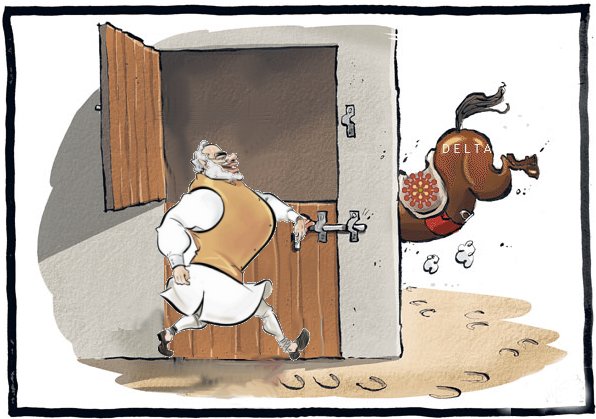
Perhaps its most bizarre precaution was the imposition of travel restrictions to prevent the import of the delta variant which was, in fact, first identified in India. I will leave you to ponder the rationale of closing borders to prevent a variant from arriving which may well have arisen within their own country.
We always knew that travelling to India in 2021 was going to be a gamble. At every point: departure, travelling, arrival, staying and returning. If you remember by late Summer 2021, with the uptake of vaccination in Europe, the passing of the deadly second wave in India and a growing sense of countries opening up, there was a feeling that ‘normality’ was on its way back and that international travel, subject to showing vaccination certificates along the way, would once again be practical, if perhaps not actually enjoyable.
And so in mid-November, with all the indicators looking positive, we took the jump and booked flights to Pune for a month thence, 12th December. After all, even in the fast-moving Covid times, what could possibly go wrong in such a short time??
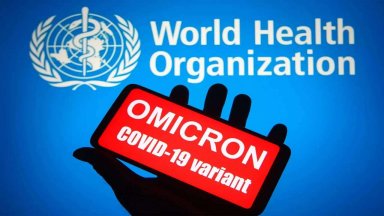
Of course, as we all now know, on 24th of November, a new variant later dubbed ‘Omicron’, was reported to WHO by South Africa, and from 1st of December, India introduced travel restrictions imposing quarantine on travellers from 11 countries plus all of Europe including the UK. In the best traditions of closing the stable door far too late, on the same day, India reported its first Omicron case and by the following day, the 2nd of December, more than 20 countries reported detection of the new variant.

Strangely, for reasons which may never be clear, New Zealand was listed on the Indian ‘At Risk’ countries list. With a death rate of around 1 in 94,000 (52 deaths in a population of 4,882,247) this compares with the best estimates available that India had a death rate of 1 in 304 from Covid-19 (4,600,000 deaths in a population of 1.4 billion). This truly redefines the concept of ‘at risk’!
A small complication in ‘The Plan’ was that I was in Europe and my partner in the UK, so as a precaution we decided to fly from Paris in case there would be restrictions on travel between where I was in Europe and England. In the event, I went to the UK and we left from there together. Then, on the eve of our departure from the UK, France also altered its entry requirements for UK arrivals, viz that we would now require a negative test before leaving the UK for France. Fortunately for us, the timing of the test required for boarding our flight to India in Paris allowed us to use the same test for both journeys, assuming we received our tests results within the time promised by the testing lab.
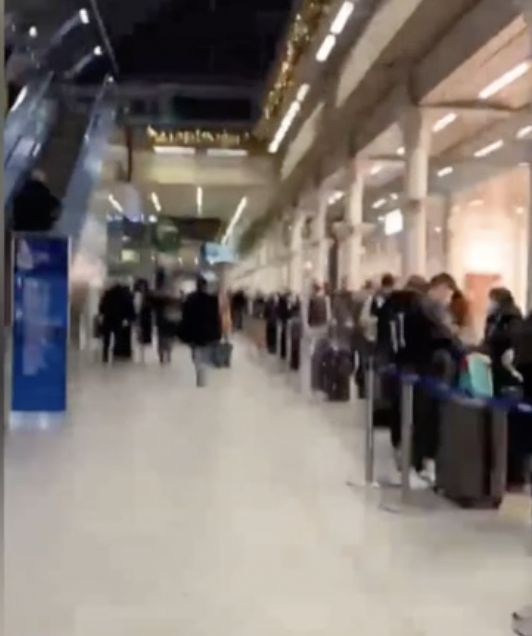
The results duly dropped into my inbox the afternoon before we travelled, and armed with a stack of miscellaneous papers we found ourselves standing in a long queue at St Pancras International Station ready for the obstacle race to the train (while frustrated passengers argued with border officials): showing the UK authorities test results to allow us to board, then the French authorities both vaccination and test results to travel plus, of course, normal international travel documents such as passports and tickets.
Being an Overseas Citizen of India, I am privileged to be allowed visa-free travel to India. However, the vast majority of ‘foreigners’ (firaṅgī – फ़िरंगी) need visas to travel to India, and aside for business or health visas, only 30 day tourist visas were then available, and all pre-pandemic longer-term tourist visas were suspended back in March 2020. If you need to spend effectively 8 days in quarantine, a 30 day visa means isolating for over one quarter of your visit, which is unlikely to appeal to most tourists!
It is hardly surprising, therefore, that there were almost no firaṅgī evident in the long queue at the airline counter. Arriving for check-in three hours before departure, it took between five and ten minutes for the agents to check all the pandemic papers just for the two of us. Multiply that by the 300+ passengers on the flight and it’s a miracle that our departure was more or less on-time.
The Omicron variant is considered to be more transmissible than the previous Delta variant (itself more transmissible than Beta etc…) by 160% to 210% in one study (other studies broadly agree but differ in the extent of the increase). So we could look forward to a couple of days in a row wearing surgical masks because the evidence is very strong that they protect both the population at large and the individual wearer far more effectively than wearing just a cloth mask (NB any mask is better than none!).

After a blissfully uneventful flight, arrival in Delhi felt like a surreal experience. We were immediately ushered into a holding area with desks for booking and paying for a PCR test followed within a surprisingly short time by sample-taking in an efficient, production-line kind of manner. We then joined our fellow masked passengers in an increasingly crowded waiting area till the results came through.

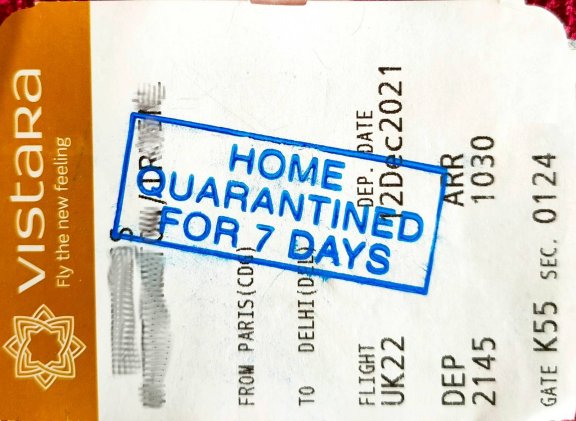
At the major airports, India has installed fast PCR testing machines so that test results can take either 6 hours (₹600) or 1½ hours (₹3,500). As far as we could tell, the results took between 60 and 90 minutes, whichever you opted for. With no system for knowing when the results come through, we just checked periodically and after an hour we were issued with a test certificate which, like our boarding pass stub, was stamped ‘Home Quarantined For 7 Days’.
We duly set off towards immigration and passport control, a short journey of some ten minutes, during which no less than 15 people checked that our paperwork was suitably stamped and in order. With no foreigners arriving, there were no queues at immigration and in no time we were joining another queue, this one for domestic transit. After some shenanigans, some of which were self-inflicted, and which included leaving the airport building and queuing for 20 minutes to show more paperwork to get back in, we found ourselves on a flight from Delhi to Pune and subsequently, via Uber, to the seclusion of our Home Quarantine confinement.

In India, ‘home quarantine’ has challenges, the most basic of which is food and basic supplies. So almost every day, my partner (she’s the Marathi/Hindi speaker) would venture out, fully masked and social distancing (as much as possible) to the local shops. Of course, nobody checked our quarantine status, so aside from being pointless, it would also have been ineffectual. We later heard unofficially that the government accept that people in home ‘quarantine’ have to go out for essential shopping ….
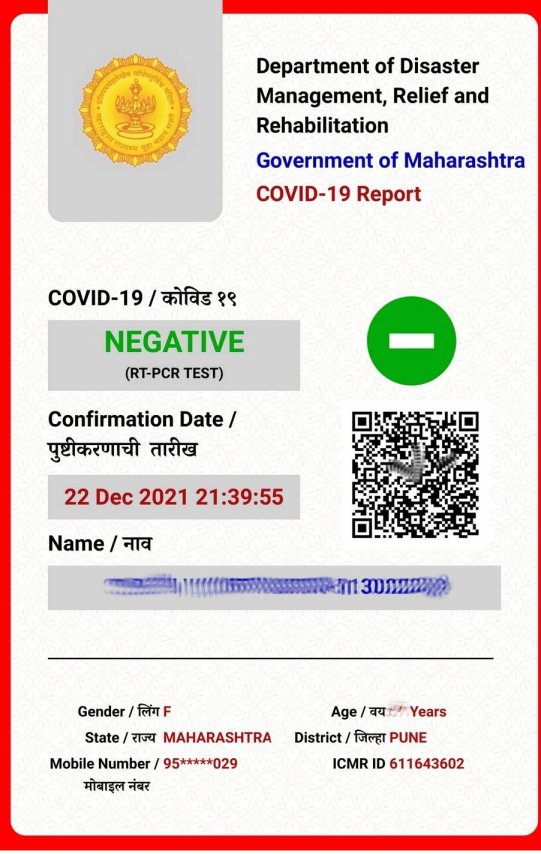
However, it seems that some of this is actually ‘joined up’ after all. Day Seven came along on time, and duly passed. We booked tests at home, i.e. a trained sample-taker comes to your home and takes swabs for PCR testing. So first thing on Day Eight we were sampled at home. The sampling took 15 seconds each; the bureaucracy half an hour. We were ‘strongly advised’ to remain secluded until we received our results which were pinged to us seven hours later, making home quarantine in practice close to eight days. And it turns out that the test certificate was automatically logged into the Maharashtran government records, hence my suspicion that the system may be ‘joined up’ after all.
On Day Nine, it was time to check-in at the Osho International Meditation Resort where I was delightfully welcomed on production of my vaccination certificate and my quarantine release test certificate.
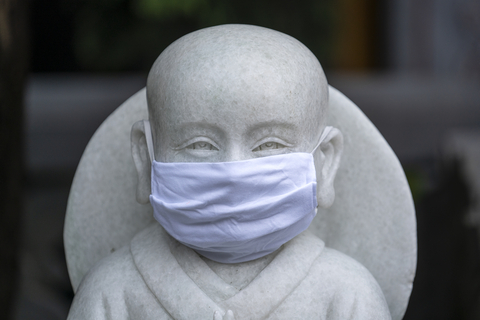
Life in the Resort is very different from previous years. N95 or equivalent surgical grade masks must be worn at all times in the Resort excluding time in a guest accommodation room and when actually consuming food and drink. Which means wearing masks during all meditations; and the rules are strictly adhered to. For me, social life is very limited because friends from Australia, Europe, Japan and the Americas are simply not here. Of the small number of visitors to the Resort, maybe 10% are ‘International’ guests. Which reinforces that the purpose of my being here (apart from the weather) is meditation, of which there is a daily programme in an outdoor meditation space cleverly created from combining the Plaza and the Café. And, of course, an Evening Meeting each day in the Osho Auditorium. With so few of us there, social distancing comes naturally, and, needless to say, we all wear masks…
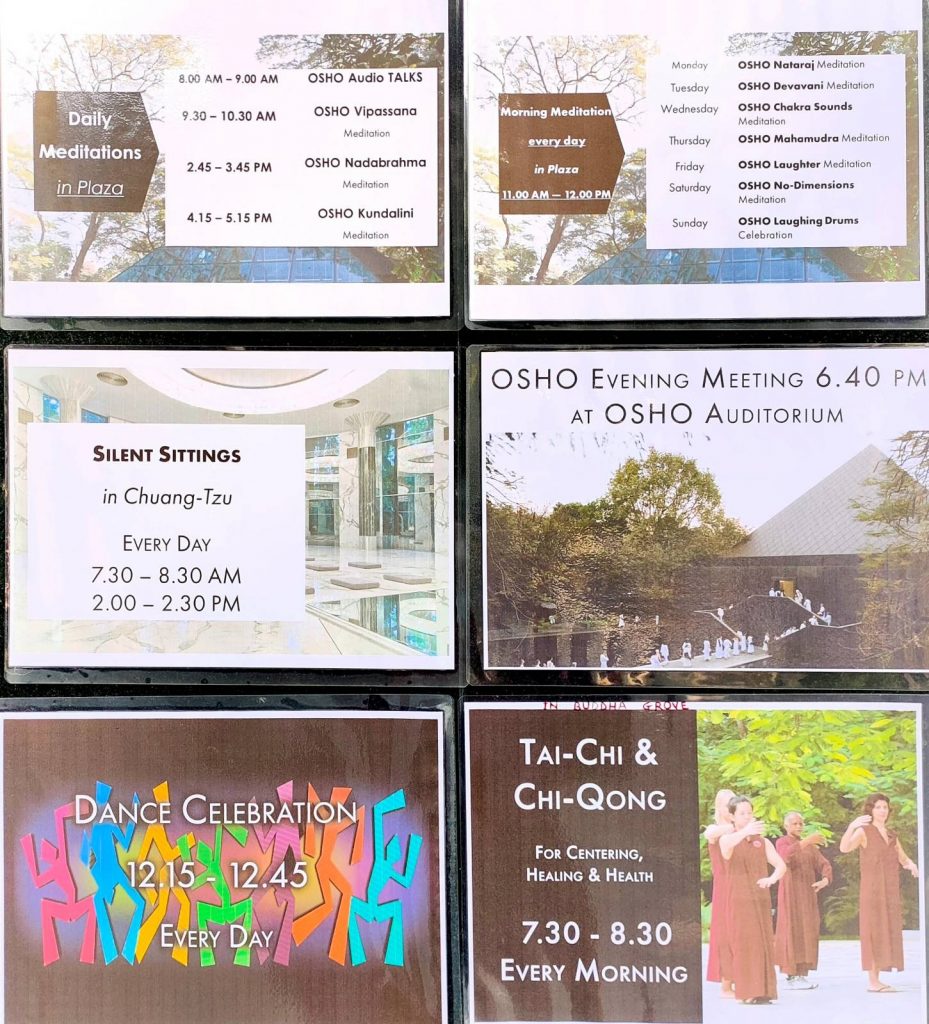
While the evidence is that Omicron has already spread throughout the world and will be the dominant strain whenever and wherever it arrives, it seems that it actually got to India well before we did and somehow evaded all those people paid to check our paperwork at Delhi Airport. India, like many developing countries, doesn’t have the sequencing capacity to properly track Omicron, but sampling suggested that by early January 2022, Omicron already accounted for 84% of Covid-19 cases in Delhi. And the consequent case rise clearly illustrates a third, (probably) Omicron-driven, wave which seems to have started around the 18th of December:

And then, as has happened in other parts of the world, after a few weeks, growth eased off:

And here, in Maharashtra, it seems that that growth of the Omicron wave is already actually declining:

So that’s the tale of my personal Passage to India.
Was it easy? No. But it absolutely wasn’t impossible. Several other brave souls did manage to get here.
Do I miss meeting my friends? Certainly. But then there is a beauty in the quietness of the Resort.
Do I miss the nightlife in the Resort? After all, it closes at 9:30 pm. But no, not really. I would usually be out to dinner during disco and party time.
Do I feel safe here? Fairly. After all, I’m triple vaccinated (which is good insurance), I take regular vitamin D supplements (which are connected with reduced infection and better prognosis for Covid-19 infections) and when eating out, I usually go to outdoor restaurants, the sheer variety of which Koregaon Park is famous for.
Are there any restrictions? A few. There’s an overnight curfew of sorts in Maharastra (the state Pune is in) meaning restaurants can only open between 8 am and 10 pm. And shops, malls, restaurants and other public access businesses are restricted to 50% capacity. But the truth is, that hardly affects me.
Will I be able to get back to Europe? I trust so. But who knows? I’m booked to fly to the UK in early March. So much water will have flowed down the Ganges by then…
Would I do it again? Very probably!
But then I’m a persistent little bugger, and enjoy a challenge! It may not be for everyone….
Could it be that our tribalism/nationalism is actually a greater affliction than Covid?

Next:
If you enjoyed reading this Click here to be told of new posts and click on the ‘Feeds and shares…’ section on the right side of the screen.
